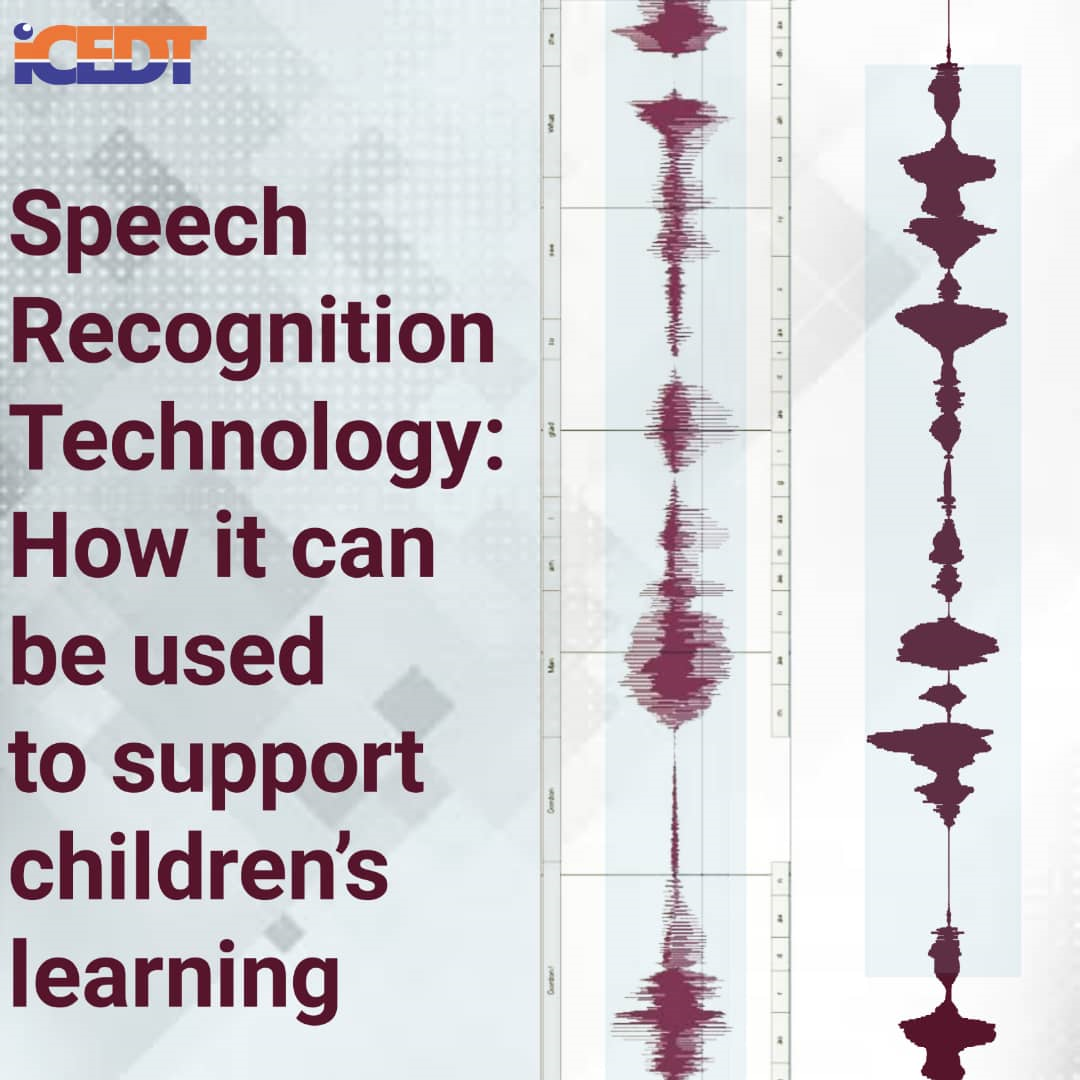
Learning should be fun, educative and interactive but without the necessary equipment, all this might not be achieved. The world has changed dramatically in the past 12 months with schools forced to deploy technology into their teachings and no one can predict what's about to come.
Video conferencing has become an essential tool for teaching, with different platforms offering people the services.
However, sitting in front of a screen for hours can sometimes be tiring and children’s ability to engage and learn via this new medium.
This is an aspect that speech recognition has been able to compliment and it's an aspect that can never be overlooked.
What is Speech Recognition: This is the process of enabling a computer to identify and respond to the sounds produced in human speech. Speech recognition is a great tool for kids who struggle with spelling or handwriting, as well as kids who think faster than they can write.
Highlighted below are aspects Speech Recognition can be used to support children’s learning
Optimizing video with speech recognition
Speech recognition technology can optimize video platforms by enhancing the accessibility of education through captioning in real-time, for all students, including those who are deaf and hard of hearing, thus making online learning more inclusive.
Writing with voices
This helps to learn easier for students especially those whose first language is not English. They will find it easier to read captions and transcripts than to follow the speech of the teacher who may have a certain accent or dialect.
Audio-captioning ensures that interactions in the virtual classroom and lessons can be understood beyond just verbal conversations.
Overcoming industry challenges
Industries create a unique challenge for automatic speech recognition (ASR) providers to guarantee their engines are extensive enough to recognize certain words that are used in educational settings.
However, having the option to include key terms which algorithms can recognize, along with punctuation, capitalization and speaker diarisation, means that not only are the transcripts more accurate, but teachers also don’t need to filter through streams of written content, and can more easily monitor and review classroom interactions.
Summary: Speech recognition technologies are tools that should not be overlooked in the classroom as it plays a huge role in the student’s quest for greatness. Join us at ICEDT for our upcoming training as tools needed to bridge this gap will be taught and implemented. REGISTER HERE
Compiled by: Admin
Stay updated on educational tips by registering on our platform for free: https://www.icedt.org/membership.php
Choose a membership plan that'... Read more
Inspiring learning experiences on... Read more
Join the latest discussions and b... Read more
Don't miss ICEDT Community an... Read more
Enjoy edtech experts' mentors... Read more
Download cutting-edge re... Read more
© 2024 International Community for Educational Technology. All rights reserved.
Don't have an account? Create your account. It takes a few minutes!
Don't have an account? Create your account. It's take less then a minutes